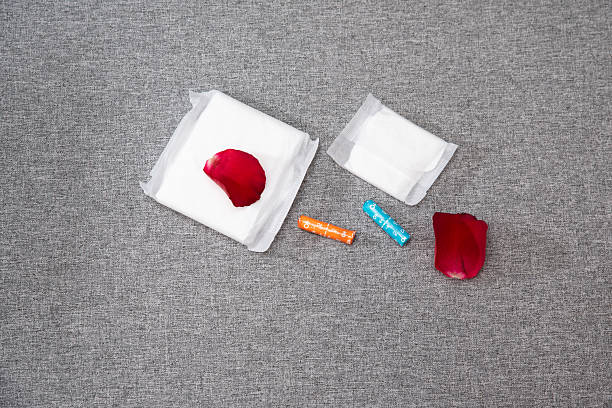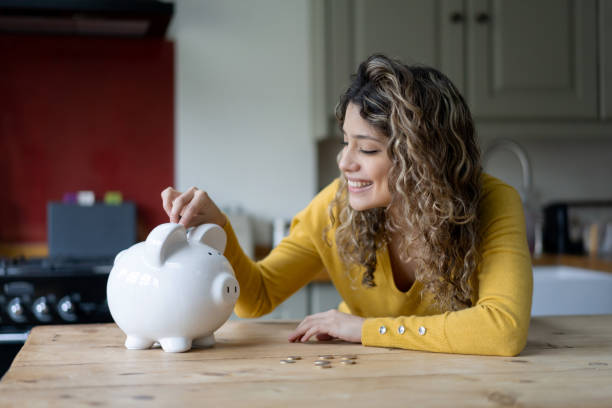Your Complete Guide to Caring for Your Dog at Home
Providing a Loving, Safe, and Healthy Environment for Your Furry Friend
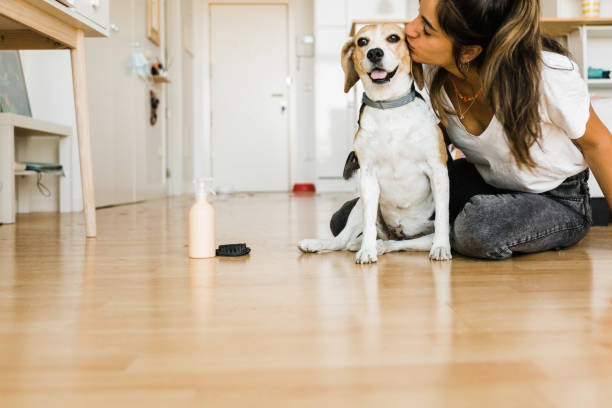
Caring for your dog at home is a rewarding experience! It's all about creating a loving, safe, and healthy environment for your furry friend. Here's a guide written by a fellow human who loves their dog:
1. Providing the Essentials:
-
Food and Water: Just like us, dogs need a balanced diet and constant access to fresh, clean water.
- Choose high-quality dog food appropriate for their age, breed, size, and activity level. Talk to your vet for recommendations.
- Follow the feeding guidelines on the food packaging to avoid over or underfeeding.
- Establish a regular feeding schedule (usually twice a day for adult dogs).
- Always have a clean bowl of fresh water available. Change it at least once a day.
- Choose high-quality dog food appropriate for their age, breed, size, and activity level. Talk to your vet for recommendations.

-
Shelter and Comfort: Your dog needs a comfortable and safe place to rest and sleep.
- Provide a designated bed or sleeping area. This could be a crate, a dog bed, or even a cozy corner with blankets.
- Ensure their sleeping area is clean, dry, and away from drafts.
- Make sure they have enough space to stretch out comfortably.
- Provide a designated bed or sleeping area. This could be a crate, a dog bed, or even a cozy corner with blankets.
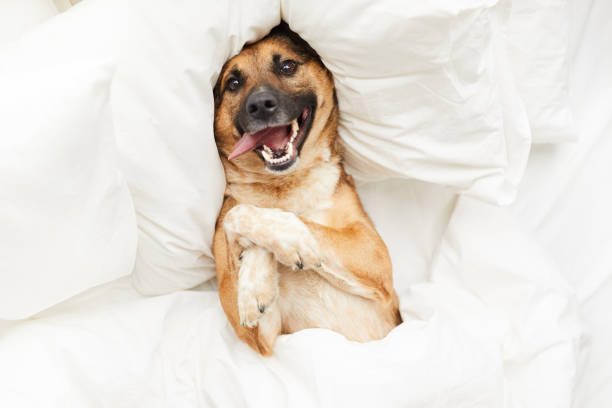
2. Maintaining Their Health and Hygiene:
-
Regular Veterinary Care: Preventative care is key to a healthy dog.

-
- Schedule regular check-ups with your veterinarian. This includes vaccinations, parasite control (fleas, ticks, heartworms, and intestinal worms), and dental check-ups.
- Follow your vet's recommendations for vaccinations and preventative medications.
- Don't hesitate to contact your vet if you notice any changes in your dog's behavior, appetite, energy levels, or physical condition.
- Schedule regular check-ups with your veterinarian. This includes vaccinations, parasite control (fleas, ticks, heartworms, and intestinal worms), and dental check-ups.
-
Grooming: Regular grooming helps keep your dog clean, comfortable, and healthy. The frequency and type of grooming depend on their breed and coat type.
- Brushing: Brush your dog regularly to remove loose hair, prevent mats and tangles, and distribute natural oils for a healthy coat. Long-haired breeds need daily brushing, while short-haired breeds may only need it a few times a week.
- Bathing: Bathe your dog as needed. Over-bathing can dry out their skin. Use a dog-specific shampoo.
- Nail Trimming: Trim your dog's nails regularly to prevent them from overgrowing and causing discomfort. If you're unsure how to do this safely, ask your vet or a groomer for guidance.
- Ear Cleaning: Check your dog's ears regularly for wax buildup, redness, or discharge. Clean them gently with a vet-approved ear cleaner.
- Dental Care: Brush your dog's teeth several times a week with dog-specific toothpaste and a toothbrush. Dental chews and professional cleanings by your vet also contribute to good oral health.
- Brushing: Brush your dog regularly to remove loose hair, prevent mats and tangles, and distribute natural oils for a healthy coat. Long-haired breeds need daily brushing, while short-haired breeds may only need it a few times a week.
3. Providing Exercise and Mental Stimulation:
-
Physical Exercise: Dogs need regular exercise to stay physically and mentally healthy. The amount and type of exercise vary depending on their breed, age, and energy level.
- Daily walks are essential. This provides exercise, allows them to relieve themselves, and exposes them to new sights and smells.
- Engage in other activities like playing fetch, going for runs (if appropriate for their breed), or playing in the backyard.
- Consider their breed's natural instincts. Herding breeds might enjoy herding toys, while retrieving breeds love to fetch.
- Daily walks are essential. This provides exercise, allows them to relieve themselves, and exposes them to new sights and smells.
-
Mental Stimulation: Keeping your dog mentally engaged prevents boredom and can reduce the likelihood of destructive behaviors.
- Provide puzzle toys and interactive feeders. These challenge your dog to figure out how to get treats.
- Teach them new tricks and commands. Training is a great way to bond and mentally stimulate your dog.
- Rotate their toys regularly to keep them interested.
- Consider enrolling in obedience classes or dog sports.

- Provide puzzle toys and interactive feeders. These challenge your dog to figure out how to get treats.
4. Showing Love, Attention, and Training:
-
Affection and Bonding: Dogs thrive on attention and affection.
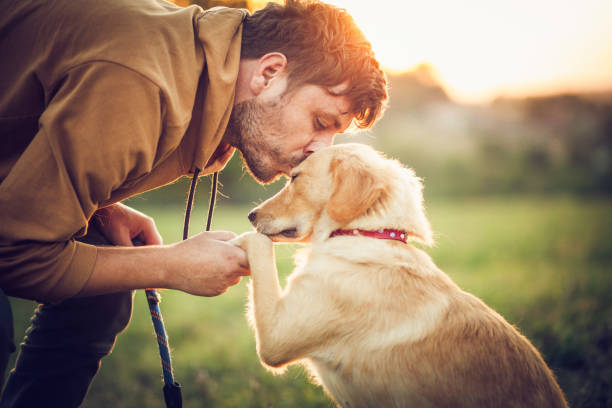
- Spend quality time with your dog every day. This could include cuddling, playing, or simply being in the same room.
- Talk to your dog in a gentle and encouraging tone.
- Learn their body language to understand their moods and needs.
- Spend quality time with your dog every day. This could include cuddling, playing, or simply being in the same room.
-
Positive Reinforcement Training: Training is crucial for a well-behaved and happy dog.
- Use positive reinforcement methods such as treats, praise, and toys to reward desired behaviors.
- Be consistent with your commands and expectations.
- Keep training sessions short and fun.
- Consider enrolling in obedience classes for guidance and socialization.
5. Creating a Safe Environment:
-
Dog-Proofing Your Home: Just like baby-proofing, dog-proofing your home protects your dog from potential hazards.
- Keep medications, cleaning supplies, and other toxic substances out of reach.
- Secure electrical cords and outlets.
- Put away small objects that your dog could swallow.
- Ensure that houseplants are non-toxic.
- Secure garbage cans.
- Consider using baby gates to restrict access to certain areas.
-
Supervision: Supervise your dog, especially when they are young or in new environments.
Important Considerations:
- Know Your Dog's Breed and Individual Needs: Different breeds have different energy levels, grooming requirements, and temperaments. Research your dog's breed to understand their specific needs.
- Be Patient and Consistent: Building a strong bond and training your dog takes time and consistency.
- Socialization: Expose your dog to different people, places, sounds, and other well-behaved dogs from a young age. This helps them become well-adjusted and confident.
- Emergency Preparedness: Know the location and phone number of your local emergency veterinary clinic. Have a pet first-aid kit readily available.
Caring for a dog is a big responsibility, but the love and companionship they offer in return are immeasurable. By providing them with the essentials, maintaining their health, offering exercise and mental stimulation, showing them love, and creating a safe environment, you'll have a happy and healthy furry family member for years to come. Enjoy the journey!


















































